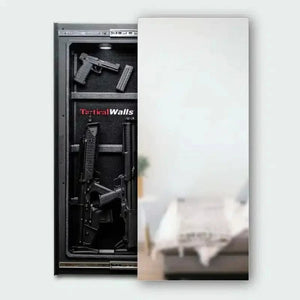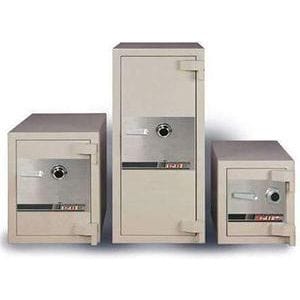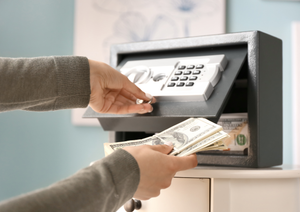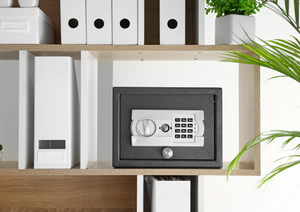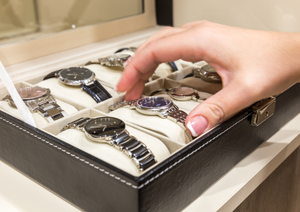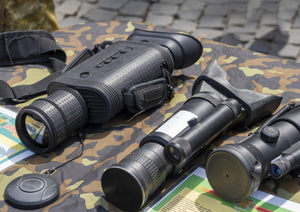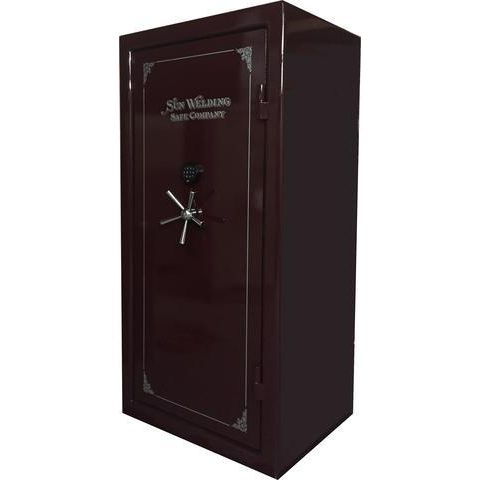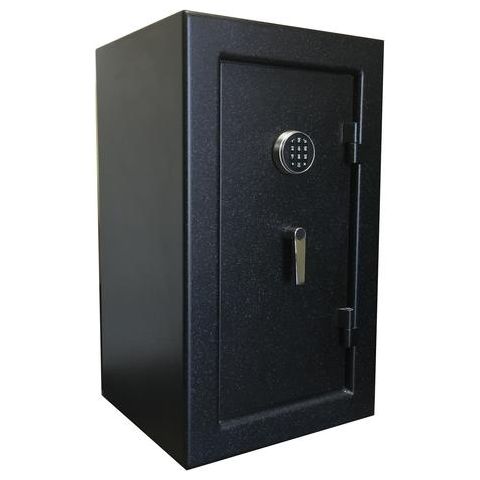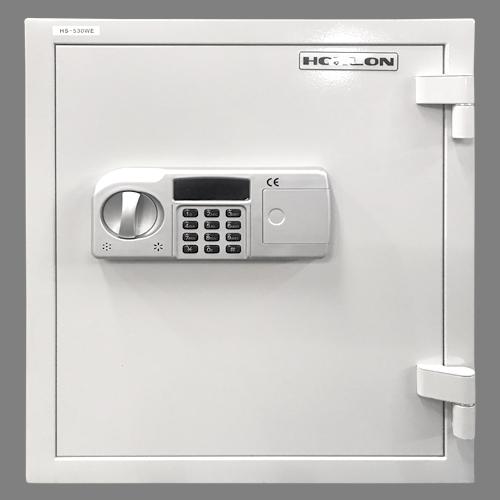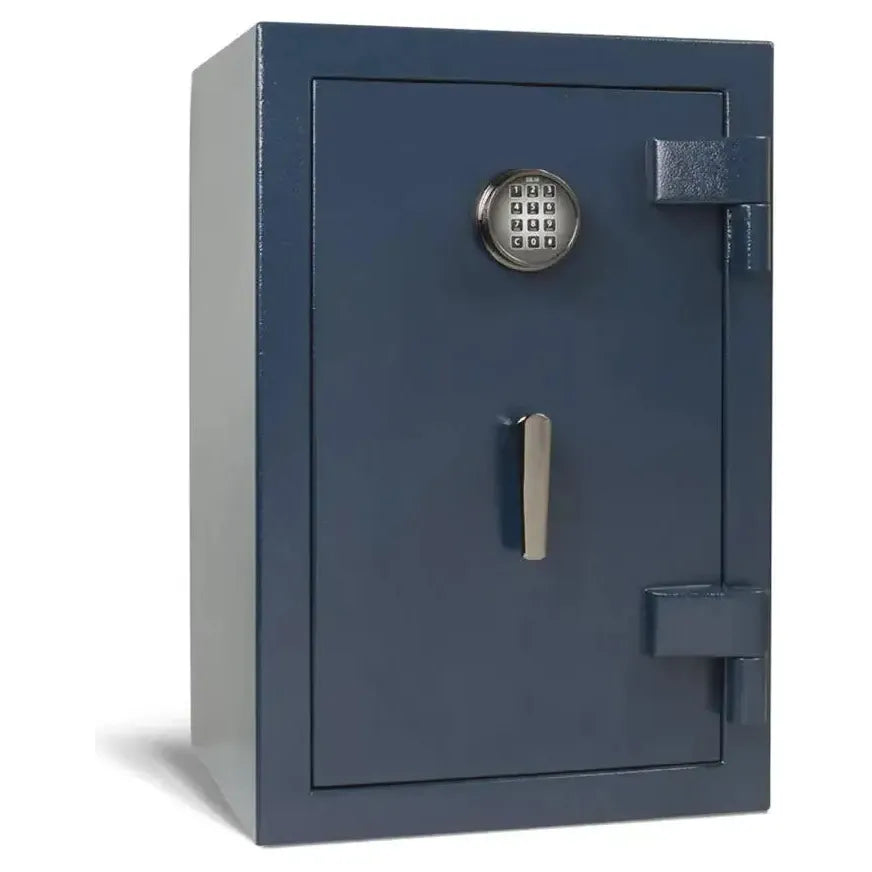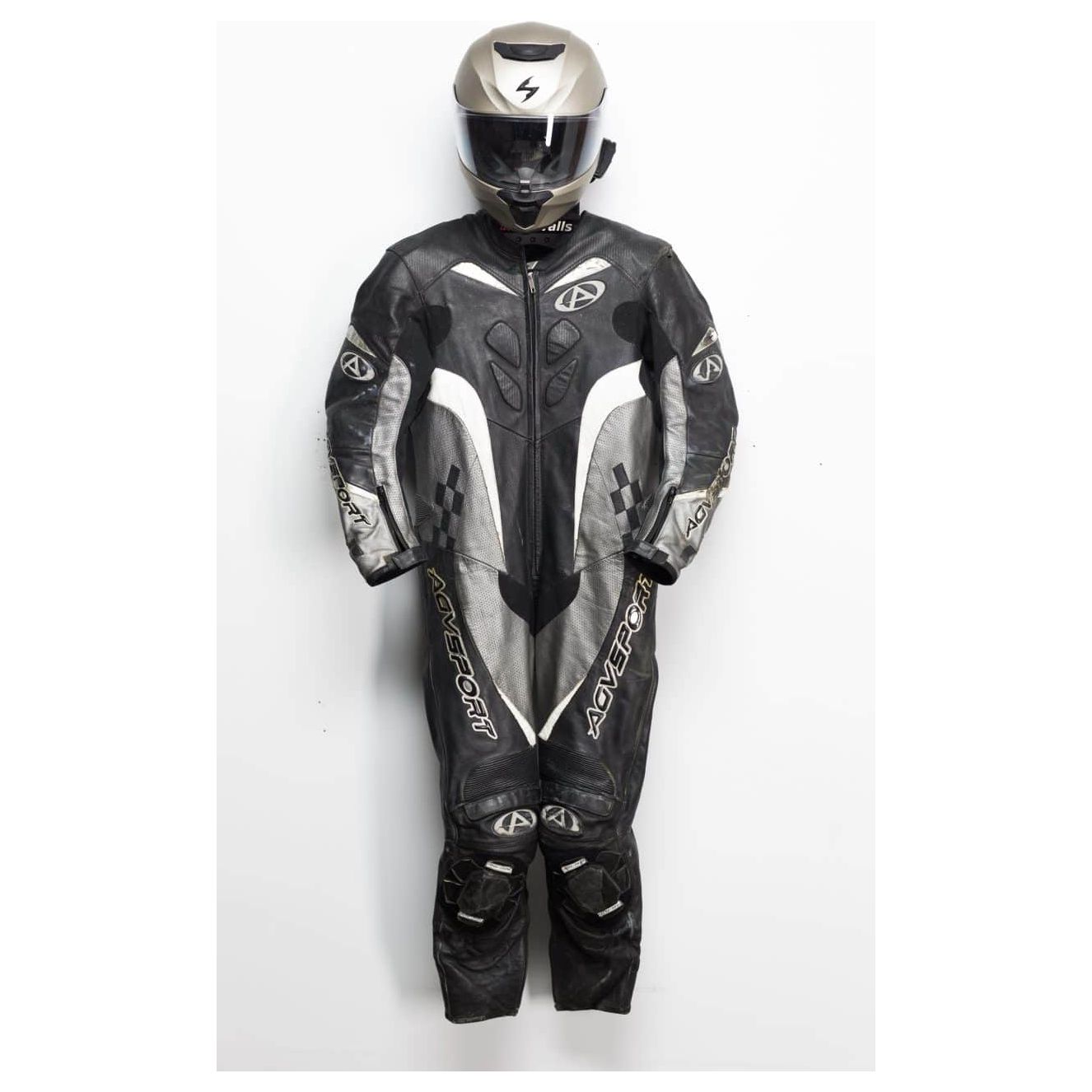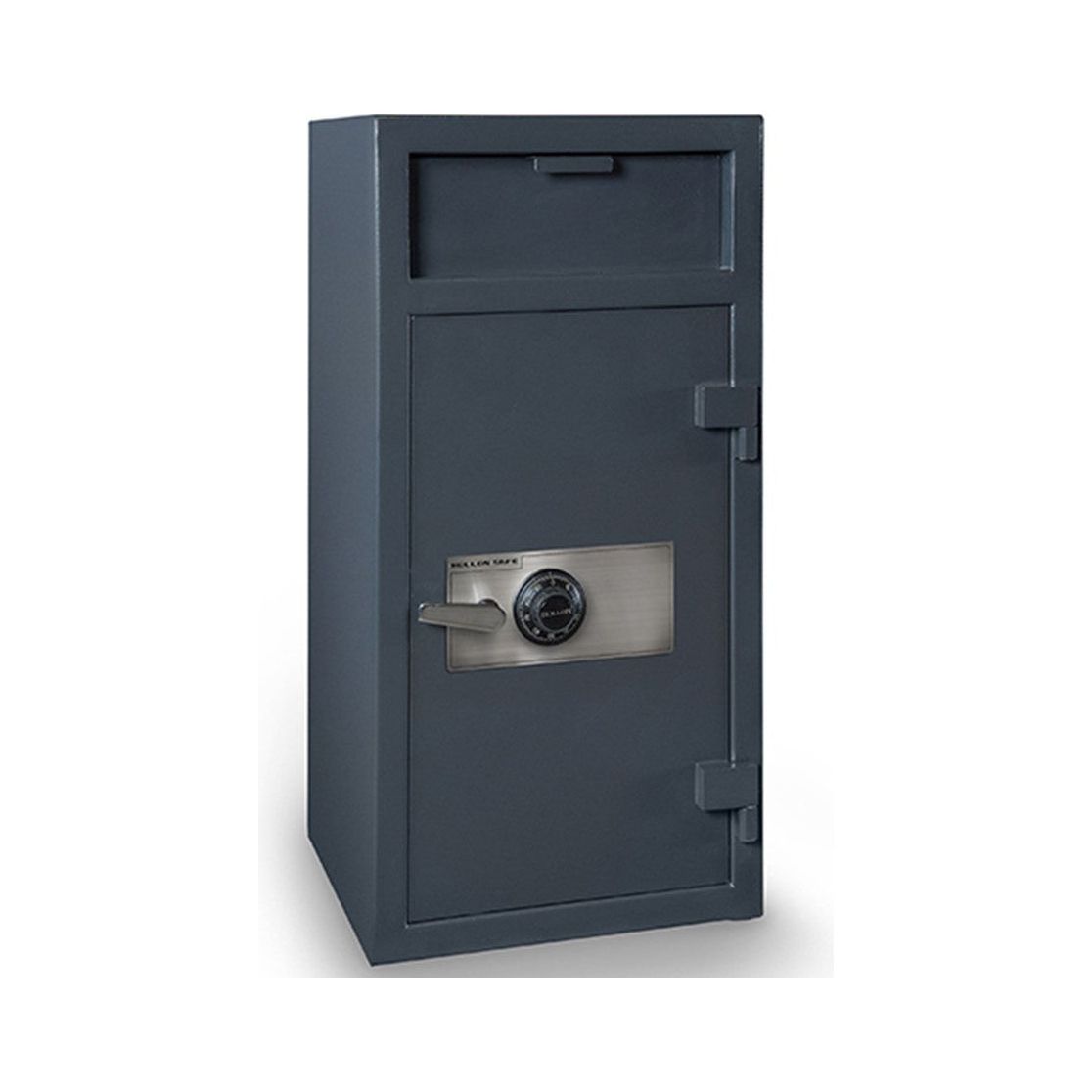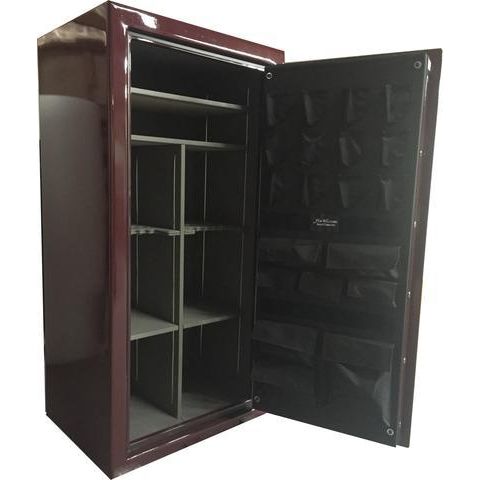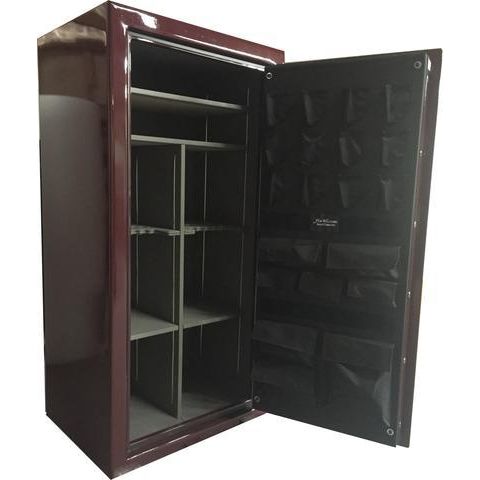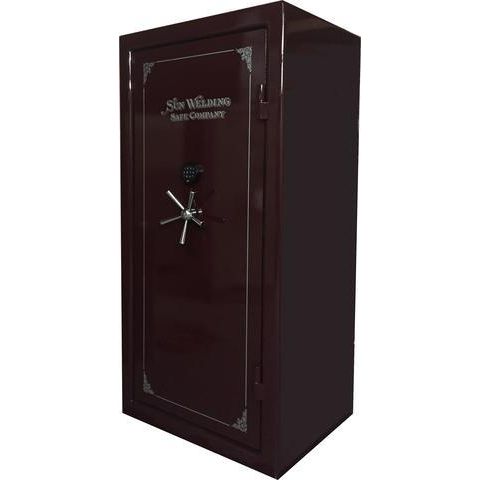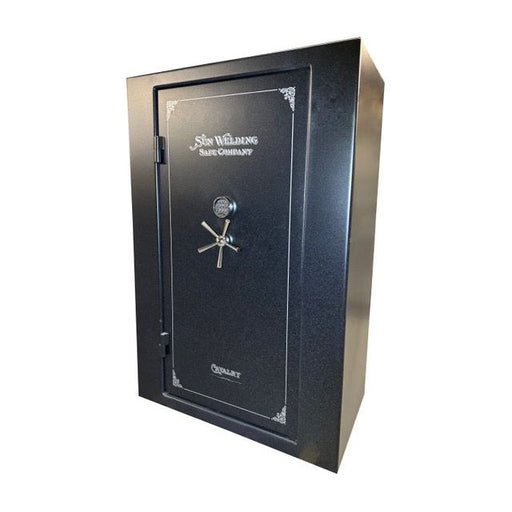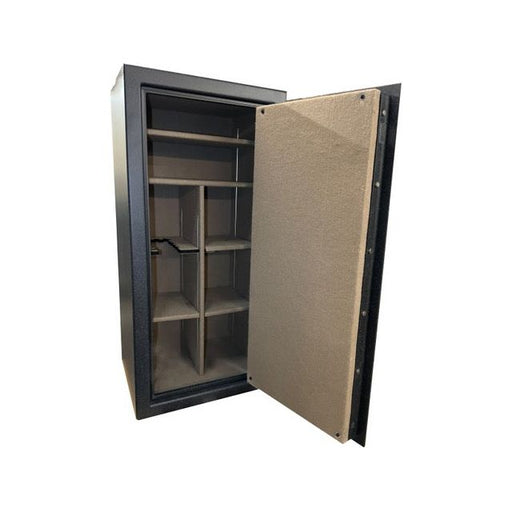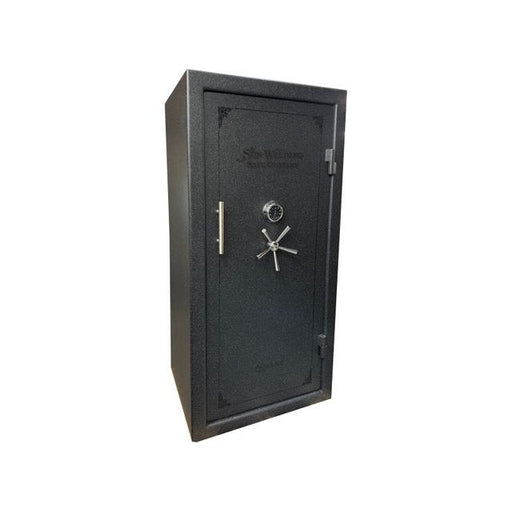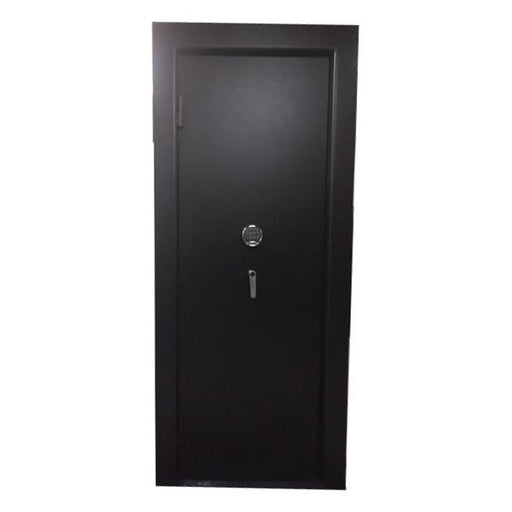
In the ever-evolving world of security technology, biometric safes have emerged as a popular choice for safeguarding valuable possessions. Among the various biometric features, fingerprint recognition has gained significant popularity due to its ease of use and purported reliability. In this blog post, we will delve into the workings of fingerprint recognition technology in safes and explore its level of reliability in ensuring secure access.
Understanding Fingerprint Recognition Technology: Fingerprint recognition technology utilizes sophisticated algorithms to analyze and capture unique fingerprint patterns. When a registered fingerprint is placed on the scanner, it is compared with pre-stored fingerprints in the system's database. If the input matches an authorized user's fingerprint, the safe's locking mechanism is disengaged, granting access to the contents.
The Reliability Factor: One of the key factors that make fingerprint recognition a highly sought-after biometric feature is its reliability. Modern fingerprint recognition technology has significantly evolved, leading to improved accuracy and reduced error rates. The success of fingerprint recognition in safes depends on various crucial aspects:
-
False Acceptance Rate (FAR): The FAR represents the probability of the system granting access to an unauthorized individual. Advanced fingerprint recognition systems boast impressively low FAR rates, ensuring minimal chances of unauthorized access.
-
False Rejection Rate (FRR): The FRR denotes the likelihood of the system rejecting an authorized user's fingerprint. Similar to the FAR, advanced systems have minimized FRR rates, resulting in seamless and quick access for authorized users.
-
Live Finger Detection: State-of-the-art biometric safes are equipped with live finger detection mechanisms to prevent access through fake or copied fingerprints. These systems can differentiate between live fingers and inanimate objects, adding an extra layer of security.
Factors Affecting Reliability: While fingerprint recognition technology is generally reliable, certain external factors can influence its accuracy:
-
Dirty or Wet Fingers: Dust, dirt, or moisture on fingers may lead to misreads, potentially affecting the accuracy of fingerprint recognition.
-
Aging: Over time, human fingerprints may change slightly due to aging, which could impact recognition accuracy. However, modern systems are designed to adapt to such changes.
-
Placement on the Scanner: Placing the finger incorrectly on the scanner or failing to cover the entire surface may lead to inaccurate readings.
Benefits of Reliable Fingerprint Recognition:
-
Quick and Convenient Access: Fingerprint recognition eliminates the need for keys or codes, offering quick and hassle-free access to the safe's contents.
-
Multi-User Convenience: Biometric safes allow multiple authorized users to register their fingerprints, making them ideal for families or small businesses.
-
Enhanced Security: With low false acceptance and false rejection rates, fingerprint recognition technology provides an advanced level of security, thwarting unauthorized access attempts.
Conclusion: Fingerprint recognition technology has come a long way, and its reliability has significantly improved over the years. Today's biometric safes equipped with fingerprint recognition offer an efficient and secure means of accessing valuable belongings. As long as users maintain clean and dry fingers and place them correctly on the scanner, fingerprint recognition provides a reliable and convenient security solution for modern homes and businesses.


